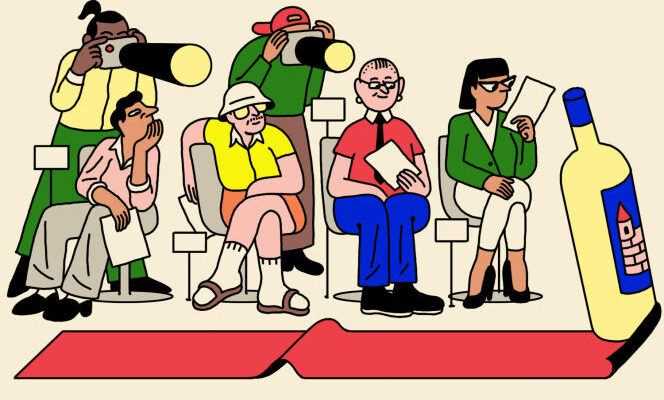“A glass of chardonnay, please!” “ The request is precise: it is a rather elegant white wine, with floral and slightly woody notes, which is expected. This reference is so famous that it is at the center of the first international competition dedicated to a grape variety: Chardonnay du monde.
Identifiable taste, name easy to pronounce in any language, Chardonnay is one of the most widely planted grape varieties on the planet. However, the founder of this competition, the oenologist Henri-Laurent Arnould, remembers that when it was launched, more than twenty-five years ago, there was nothing obvious to communicate about a grape variety rather than on a terroir. “At that time, in France, we lived under the influence of the notion of terroir and controlled designation of origin, he remembers. However, the new generation of winegrowers wanted to be in tune with the American market, which marketed the mention of the grape variety better than the region of origin of the wine.. “
The debate was then so violent that it was necessary to organize a first tasting of Chardonnay only with Burgundian tasters, who attributed the taste criteria of this grape variety to the basis of all the white wines of their region, from Chablisien to Mâconnais. But, quickly, the question of the jury became central. “The oenologist Jacques Puisais, whose research on taste was the most advanced, had helped us to set up the training of tasters”, continues Henri-Laurent Arnould.
700 tasters in tune
The creation of an international file of 700 tasters took eight years for the organizers. It was necessary to ensure their skills: despite the differences in culture, taste and language, all jurors had to have the same scoring criteria. Since 1993, the first year of the competition, 400 tasters from all over the world have met annually for three days to uncover the varietal aromas of Chardonnay. It is not always easy, between a chiseled Chablis and a woody Californian, depending on the different climates and winemaking methods, to come to an agreement.
In order to bring their different sensibilities into line, the jurors undergo prior training, come at their own expense and are not paid. “The jury is impartial, insists the contest organizer. Each juror tastes, sitting alone at his table and in absolute silence, a maximum of twenty wines per day.. “
Even in spring 2021, despite restrictive sanitary conditions, a quarter of the jury arrived from abroad in the historic and neutral location of the competition: the Château des Ravatys, the vineyard of the Institut Pasteur in Saint-Lager, in the Beaujolais. The organizers will nevertheless have to find a new location for 2022, this area having recently been sold to a hotel group.
You have 43.05% of this article to read. The rest is for subscribers only.
